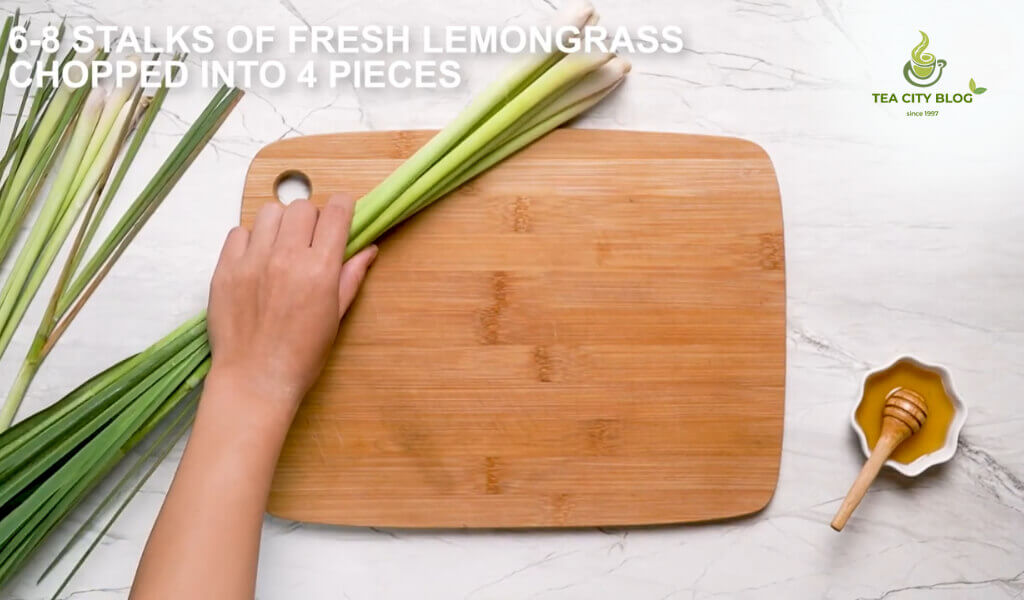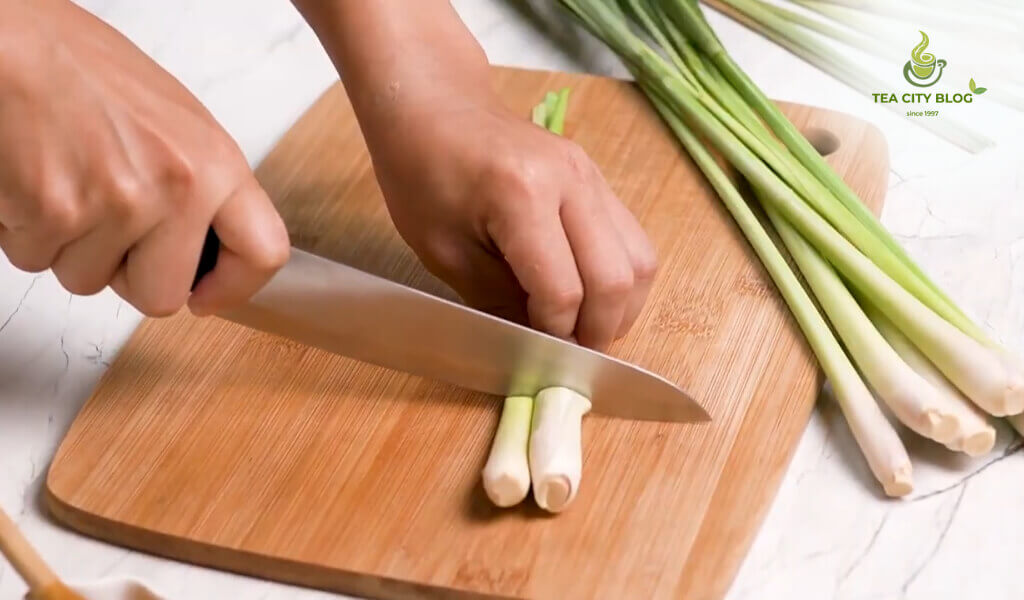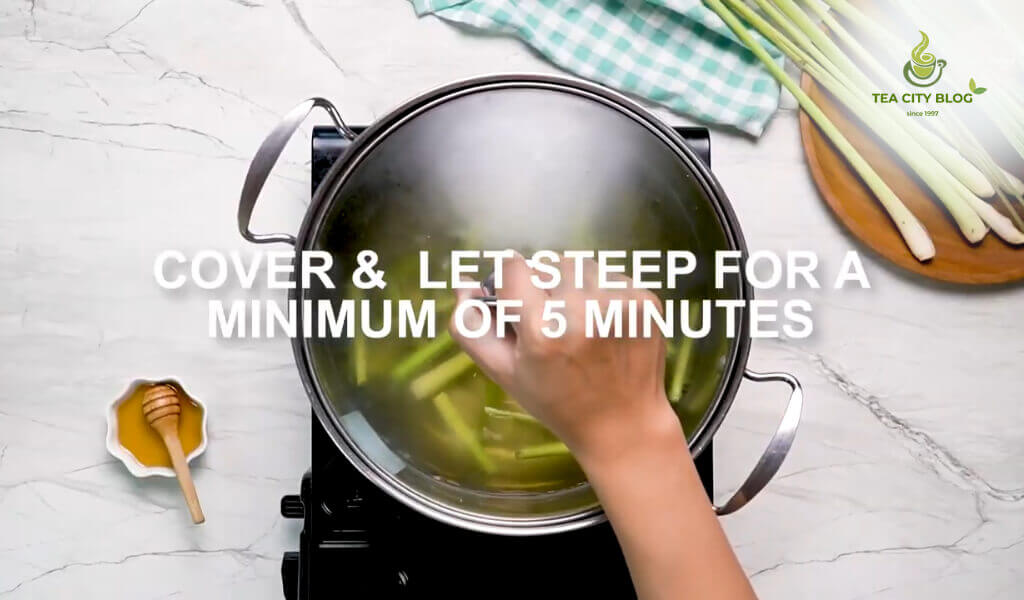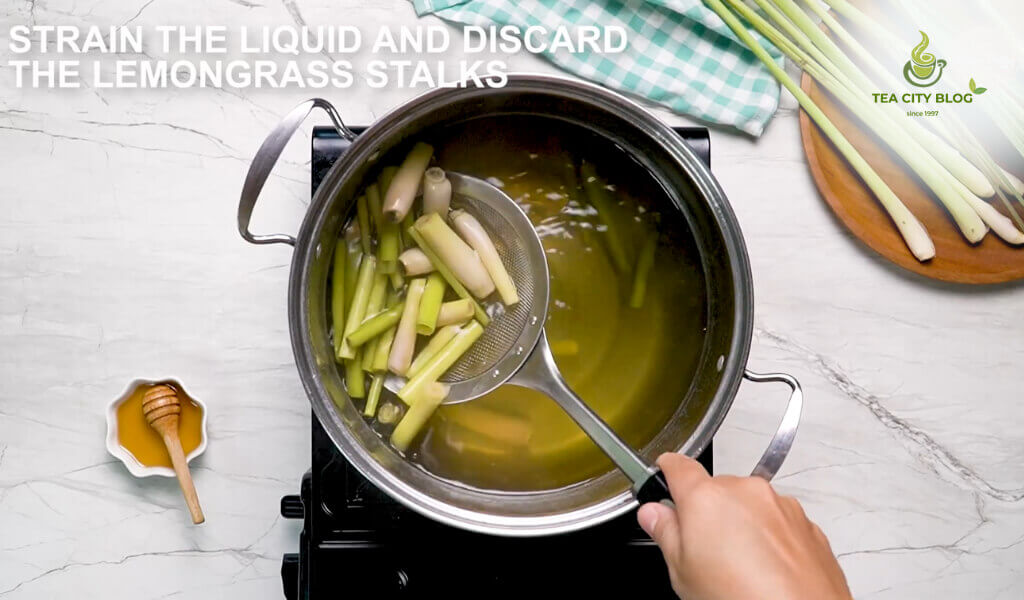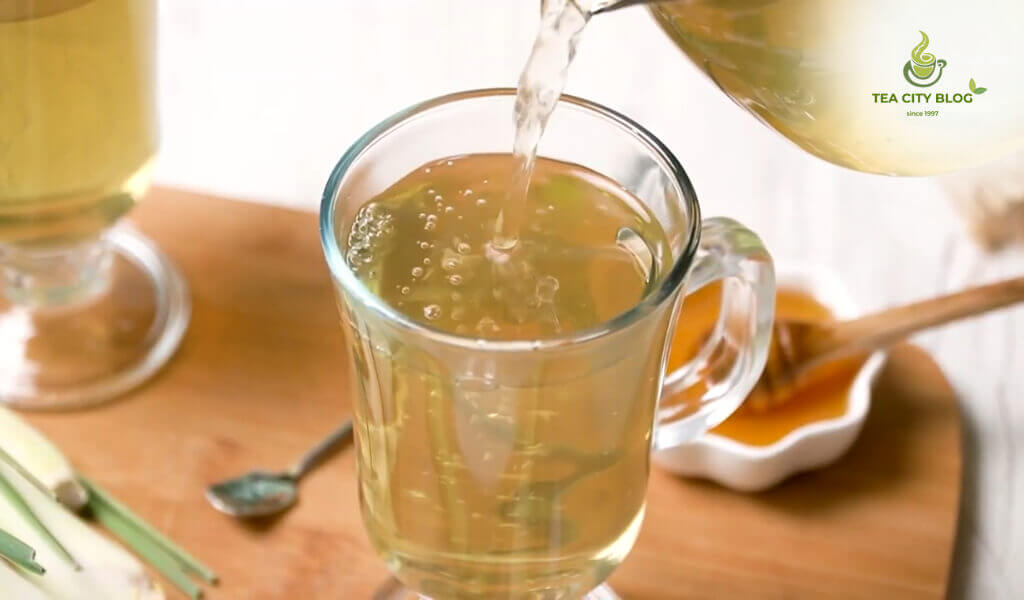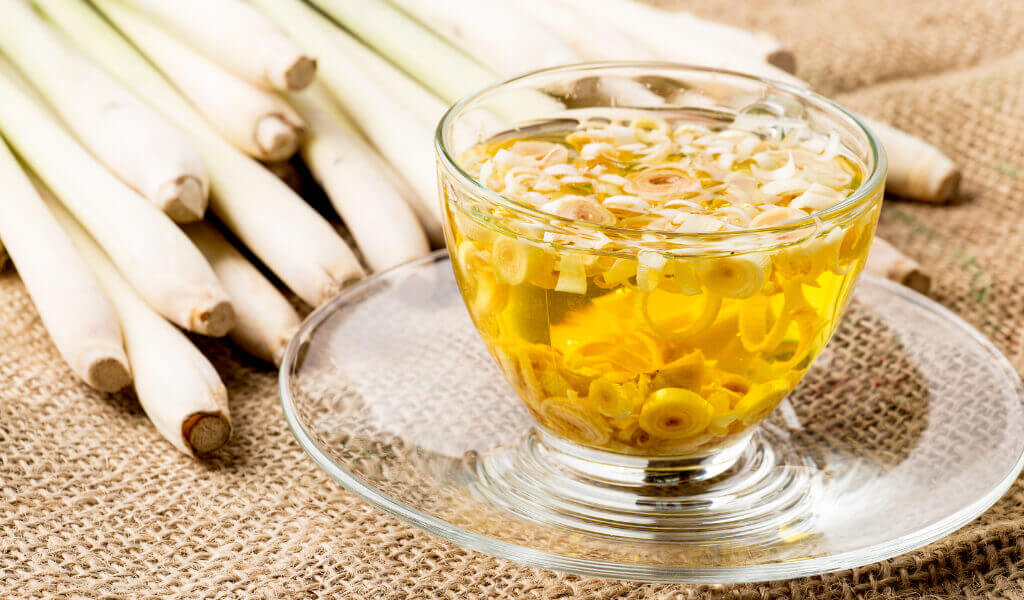If you’re wondering how to make Lemongrass tea, you’ve come to the right place! Are you a tea enthusiast looking for a new and flavorful brew to add to your collection? Or are you interested in natural remedies to improve your health and wellness?
In either case, Lemongrass tea is a simple to make, hydrating beverage. Lemongrass tea has lately become more well-liked because of its distinctive flavor and a number of health advantages.
Quotes of tea at Today
Rainy days should be spent at home with a cup of tea and a good book. – Bill Watterson, The Calvin and Hobbes Tenth Anniversary Book
How To Make Lemongrass Tea
Now, the question is how to make tea from Lemongrass (Cymbopogon citratus). dive into this section for more details!
Ingredients
- Herbal tea
- Water
- Sugar
Instructions
First, if you want to dive into a recipe for Lemongrass tea, get your medium saucepan and bring your water to a boil over high heat.
Add your Lemongrass tea making and let it boil rapidly for 5 minutes. Then, reduce the heat to low and let it simmer for another 5 minutes.
Next, strain the stalks from the liquid and stir in some sugar until it dissolves. You can serve it warm or chill it in the refrigerator and pour it over ice for a cool treat.
Lemongrass recipe tea is one of my favorite Thai flavors. I like to keep a bag of leftover Lemongrass in my freezer when needed. The brutal end stalks are perfect for making this tea recipe, while the tender root pieces are great for curries.
Technically, this might not be considered “tea” since it contains no tea leaves, but let’s not get too caught up in the details. It’s a delicious lemongrass drink that’s perfect for any time of day! So go ahead and give it a try – I promise you’ll love it!
Variations
Here are some tips to customize your Lemongrass tea:
- Sweetener: I like my tea without any sugar, but if you prefer a sweeter taste, you could add agave, maple syrup, jaggery, sugar, or honey (though honey isn’t vegan-friendly).
- Cold: If you want your tea to be complex, refrigerate it, or add ice cubes once it’s reached room temperature.
- Colorful: For a vibrant, golden hue and an extra boost of antioxidants, try adding turmeric or cinnamon to your Lemongrass tea.
Guide To Store Lemongrass Tea
Above is how to make Lemon grass tea. And now, you can store your lemongrass tea at room temperature for up to 1 day or keep it in the fridge for up to 3 days. That way, you can enjoy a refreshing cup of lemongrass tea, whether hot or cold, whenever you like!
Other Tips To Consider
- For maximum flavour infusion, slightly crush the lemongrass before adding it to the water.
- If you don’t have a lemongrass plant, you can easily find lemongrass stalks at any grocery store.
- The best part of this recipe is that you can measure the ingredients sparingly. Add more or less of each element to suit your taste preferences. So go ahead and try what does lemongrass tea taste like until you find your perfect blend of flavours!
- Add a splash of sparkling water, club soda, or carbonated water for a fun twist on your lemongrass tea.The cocktail is ideal for any occasion because of the bubbly addition’s lighthearted and energizing qualities.
Read More: What is Lemongrass Tea? 🌱Origin, Nutrition and how to drink
FAQS
What are the advantages of drinking Lemongrass Tea for your health?
Drinking recipe of Lemon grass tea has many benefits that can help improve your health. Some of these benefits of lemongrass tea include:
- Soothing digestive issues like an upset stomach
- Reducing inflammation in the body
- Lowering cholesterol levels
- Promoting relaxation, which can lower stress and anxiety levels.
Is Lemongrass Tea a source of caffeine?
The lLemon grass tea recipe is excellent if you’re seeking a caffeine-free tea option! Unlike black tea, green tea, and other traditional teas that contain caffeine from the Camellia sinensis plant, fresh lemongrass tea is a herbal tea made from the leaves of the Lemongrass plant, so it’s caffeine-free.
What are the benefits of making Lemongrass tea?
- For weight loss
- For digestion
- For sleep
- For anxiety
- For inflammation
Conclusion
Finally, learning the technique of making lemongrass tea is a great way to include this adaptable and tasty plant in your everyday routine.
This guide’s easy-to-follow instructions will help you make a tasty, fragrant beverage that has a host of health advantages.
Lemongrass tea is a strong elixir that should have a home in your kitchen because of its many health benefits, including those for digestion, immunity, and inflammation.
Lemongrass Tea Recipe from spiriteadrinks.com
FAQs
How do you make dried lemongrass tea?
Dry lemongrass stalks are steeped in boiling water for 10 minutes to make dry lemongrass tea, which is a delicate process. Strain the mixture and serve it warm, adding honey or lemon for taste if desired.
Do you have to dry lemongrass for tea?
Drying lemongrass for tea is not mandatory, but it does concentrate the flavors. Fresh lemongrass can also provide a slightly different, more vibrant taste. Whether fresh or dried, lemongrass makes a delicious and refreshing tea.
Do you use the green part of lemongrass?
While the lower, bulbous part of the lemongrass is typically used in cooking and tea, the green part can also be used. It is a bit tougher and has a milder flavor, but it still carries the characteristic citrusy aroma and is beneficial for making a good cup of lemongrass tea.
Is lemongrass better fresh or dried?
Lemongrass can be used fresh and dried for making tea, though the flavors slightly differ. Fresh lemongrass tends to have a robust, vibrant flavor, while dried lemongrass has a more concentrated and intense taste. Both are excellent for a soothing cup of tea.
How much lemongrass tea should I drink per day?
Drinking one to two cups of lemongrass tea per day is usually recommended for optimal health benefits. However, checking with a healthcare professional before adding new herbal teas to your routine is always a good idea.
Is it OK to eat raw lemongrass?
While raw lemongrass is not typically consumed due to its tough texture, it’s not harmful if eaten. It is generally used in cooked dishes or brewed into a tea to soften it and release its aromatic flavors.
Does lemongrass need to be peeled?
Peeling lemongrass is not necessary for making tea. The outer layer may be tough, but it imparts a strong flavor. Simply wash it properly, cut it into pieces, and use it to brew tea.
I’m Shanna, creator of Spiritea Drinks. I’m all about teaching people to grow their own food, tea, cook what they harvest, and eat with the seasons.


